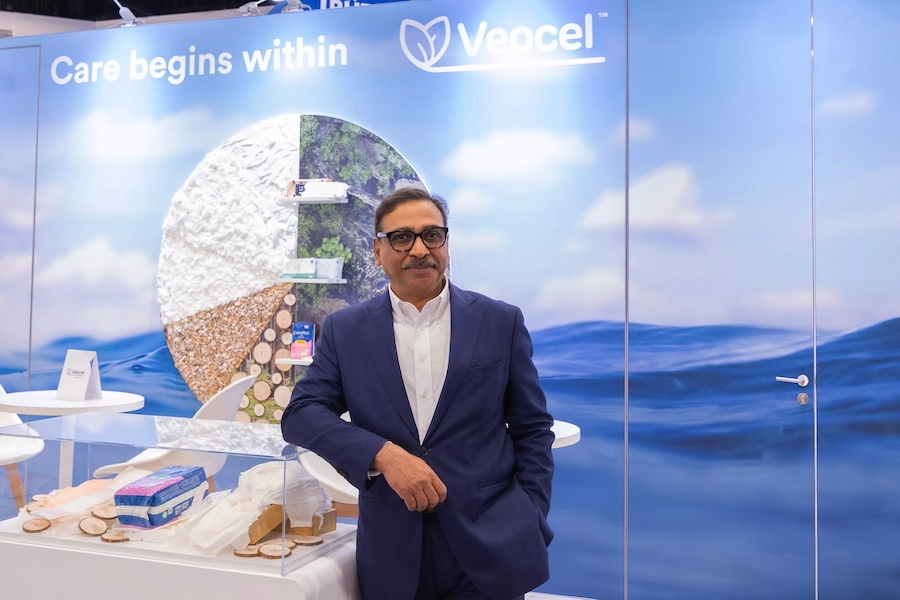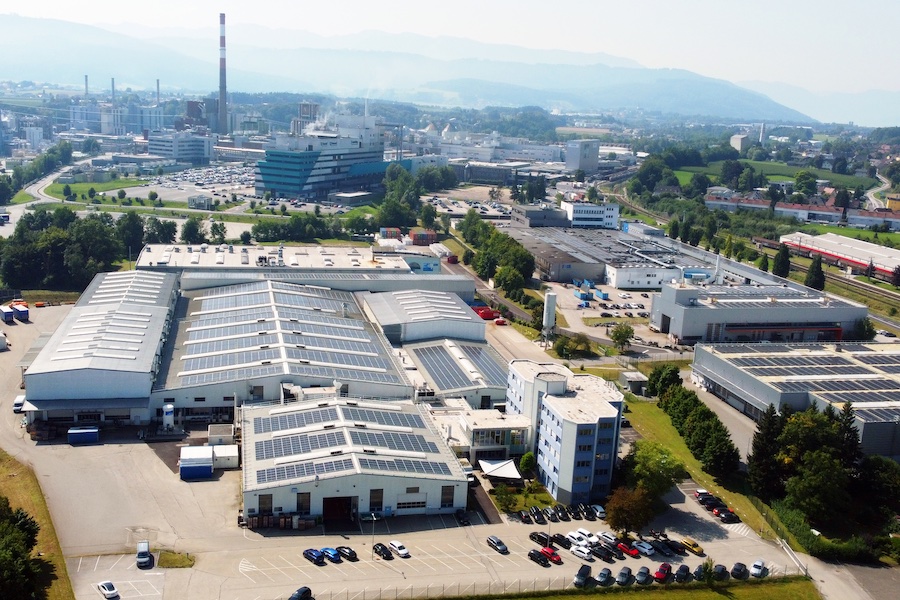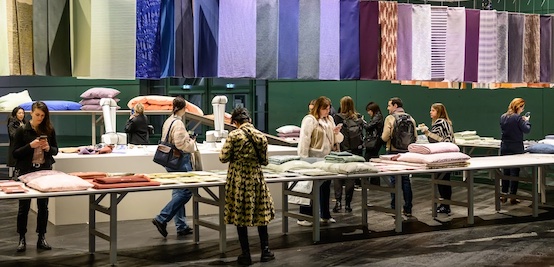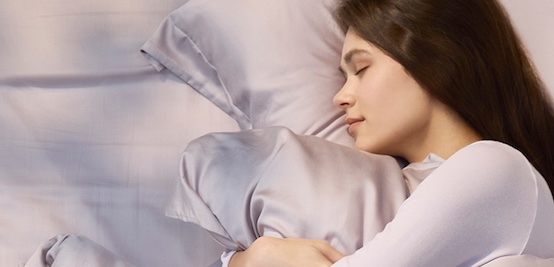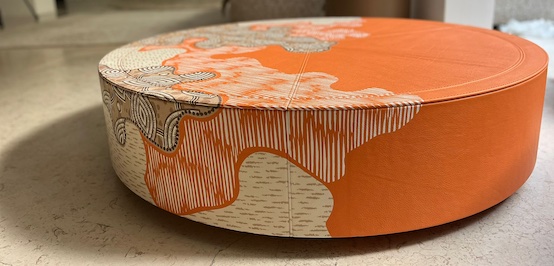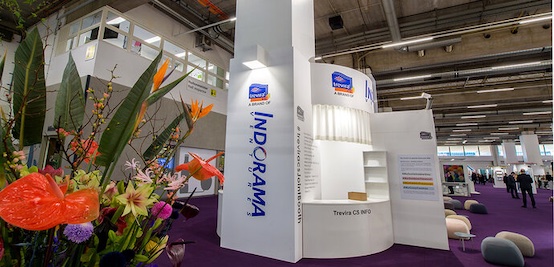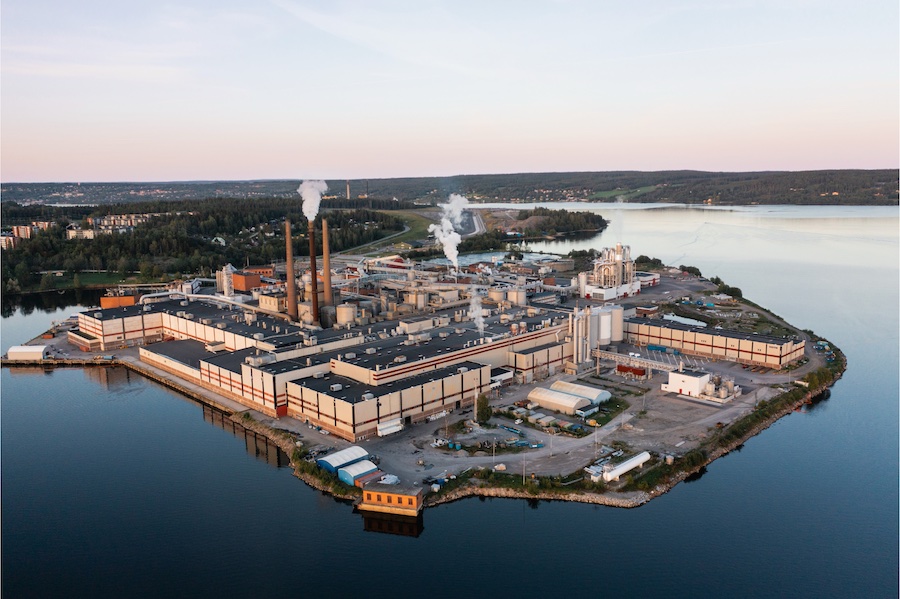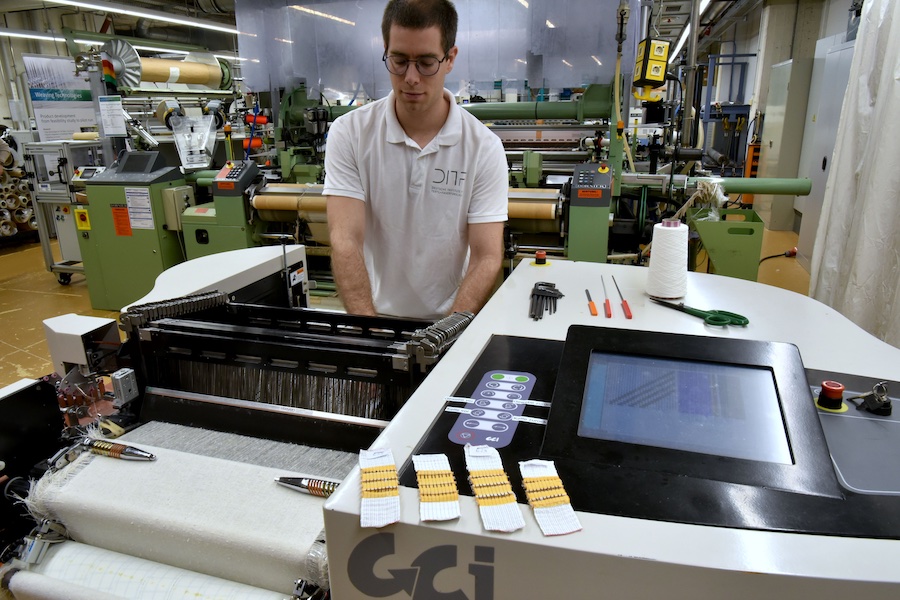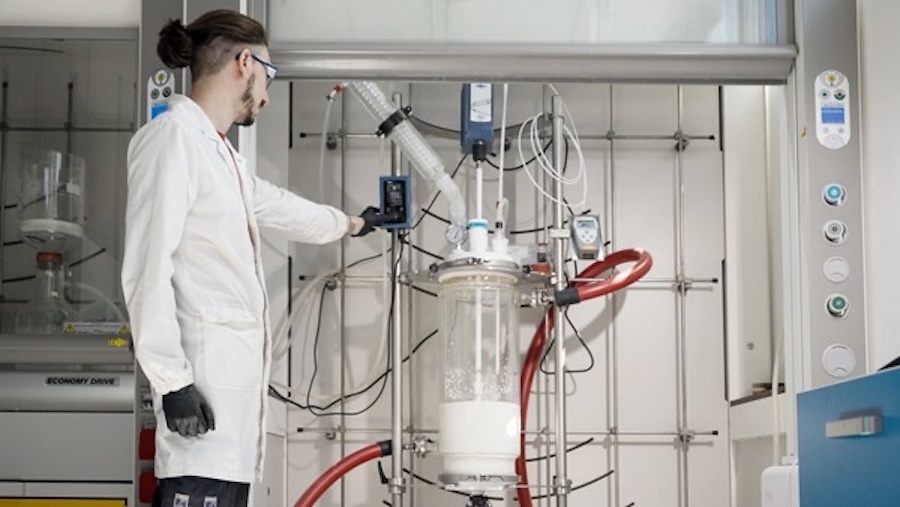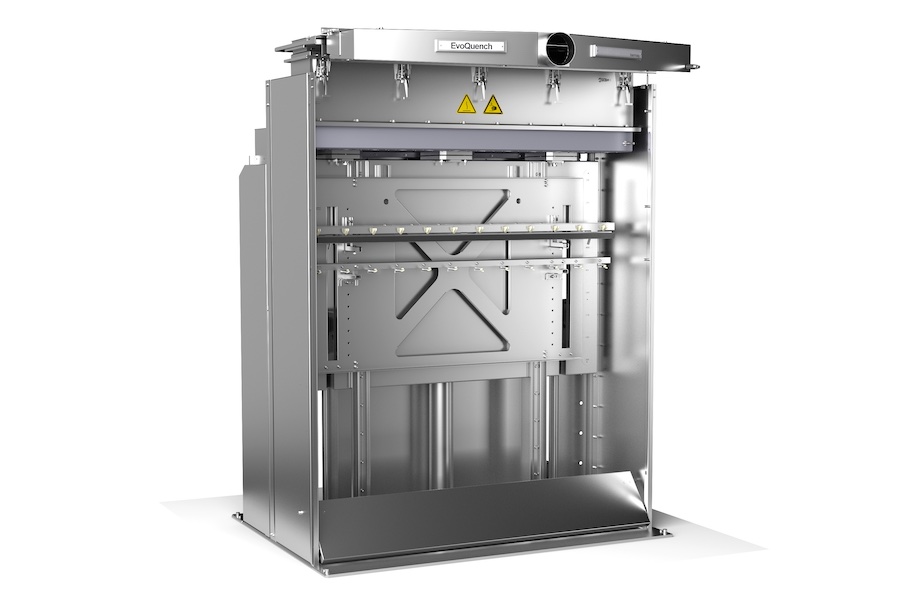#HEIMTEXTIL 2025
LENZING™ Lyocell Fill expands portfolio to enhance comfort, resource efficiency and design versatility in filling applications
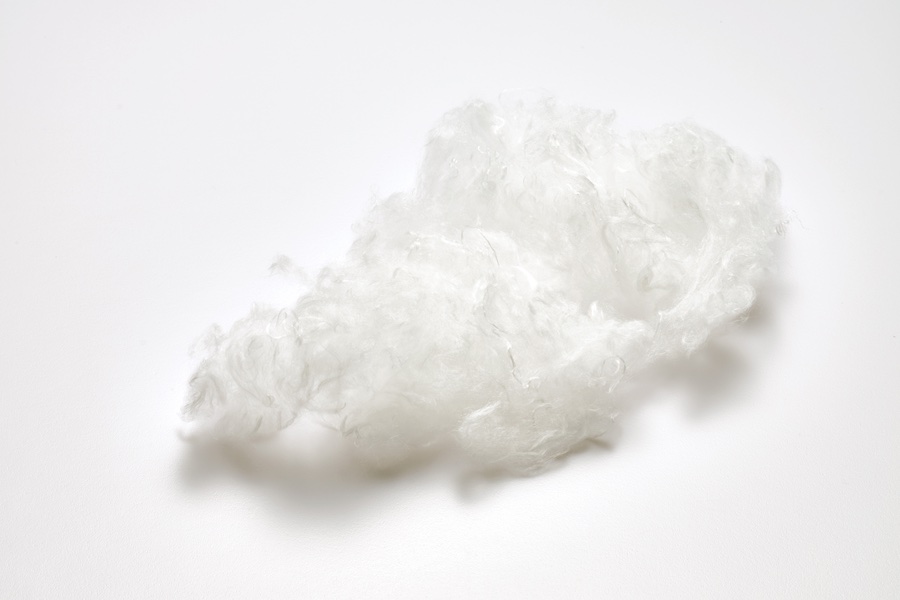
“With the planet at heart2,[1], our expanded LENZING™ Lyocell Fill fibers, both EU Ecolabel-certified[2] and ClimatePartner-certified1, are versatile and can offer an almost endless variety of product designs and functions,” said Caroline Ledl, Senior Director of Global Product and Application Management, Commercial Textile, Lenzing AG. “These fibers provide not only enhanced thermal comfort and moisture control[3] but also form-keeping properties[4]. Leveraging our decades of experience in refining filling materials, we believe our expanded fiber portfolio will inspire like-minded industry partners to create even more innovative designs across various product applications.”
LENZING™ Lyocell Fill: a touch of enhanced comfort
Sinking into a pillow, snuggling under a cozy comforter, or resting atop a refreshing mattress pad could be an inviting experience with LENZING™ Lyocell Fill fibers. This expanded portfolio comes with effective moisture control for a natural dry feeling, contributing to thermal comfort essential for promoting better sleep.7,[5],[6],[7]
Featuring two distinct linear densities and various cut lengths, the expanded fiber portfolio offers enhanced compatibility to blend seamlessly with other filling fibers like polyester, and filling materials like down. This versatility supports different filling technologies and product constructions, catering to diverse design and application needs and specific consumer preferences in home textiles, apparel and beyond.
The new, finer fibers, suitable for not only carding but blow-fill technology, enhance the sensorial experience in pillows, stuffed toys, and other lightweight applications. Meanwhile, the established, coarser fibers continue to deliver inherent moisture control6 and bulkiness for enhanced sleep comfort in comforters, quilts, and other home textile applications, particularly those using carding technology.
Manufacturers and consumers seeking to lower the consumption of fossil-based materials will benefit from the responsibly sourced3 and resource-efficiently produced2 LENZING™ Lyocell Fill fibers, which are made from wood, a natural raw material that is both gentle on the skin6 and the environment.
The expanded LENZING™ Lyocell Fill portfolio will be unveiled at the Lenzing booth (Hall 11, booth #A11) during Heimtextil in Frankfurt, January 14–17, 2025. Visitors can connect with Lenzing experts and discover how these innovative fibers can elevate product offerings.
Facts and figures
The expanded LENZING™ Lyocell Fill portfolio features two linear densities and five cut lengths:
1.7dtex:. Finer variant available in 60mm with options coming soon in 16mm and 32mm. Particularly suitable for blow-fill applications (e.g. pillows and stuffed toys) and blends with premium materials (e.g. down, feather and silk). The 1.7dtex/60mm variant is designed for application in apparel fillings (e.g. jackets).
6.7dtex: Established fiber for carding and blow-fill applications. Available in 32mm and 60mm cut lengths. Excels in comforters, quilts, and other home textile applications.
[1] To foster a sustainable global textile and nonwovens industry, Lenzing follows three strategic principles within the context of its “Naturally Positive” sustainability strategy, which focuses on greening the value chain, advancing the circular economy, and collaborating for systemic change with key industry stakeholders, such as Textile Exchange, Cascale, Canopy, Together for Sustainability, Renewable Carbon Initiative, and UN Global Compact.
[2] LENZING™ Lyocell fibers are certified with the EU Ecolabel (license no. AT/016/001) for environmental excellence.
[3] The structure of LENZING™ Lyocell fibers allows the absorption and release of moisture. In the final textile product, these effective moisture controlling properties support a drier microclimate on the skin, increasing the wearer’s thermal comfort.
[4] Cafuta et al., Suitability of lyocell fiber for pillow fillings, 2018.
[5] Helbig, K. (2006). Comparative research: Microclimate of bedding components. Lenzinger Berichte, 85, 51-53.
[6] Abu Rous M. Characterisation of the Wet-state Pore Structure of Lyocell and Other Man-made Cellulosic Fibers by Fluorescence and Electron Microscopy: Doctoral Thesis. Leopold-Franzens University Innsbruck, 2009, 185 pages.
[7] Moser et al., Influence of textile materials on a restful sleep, 2007.




